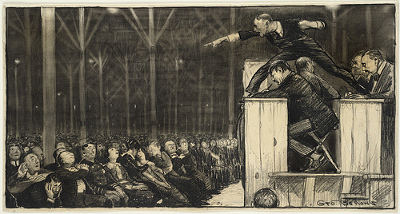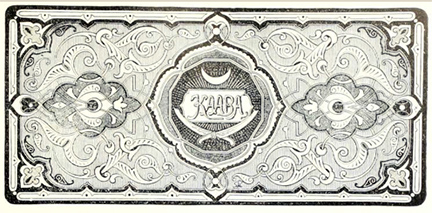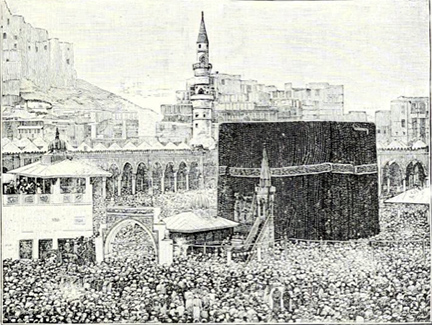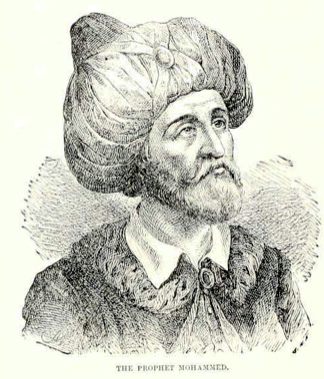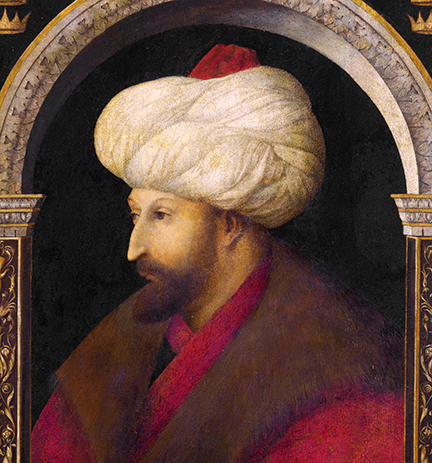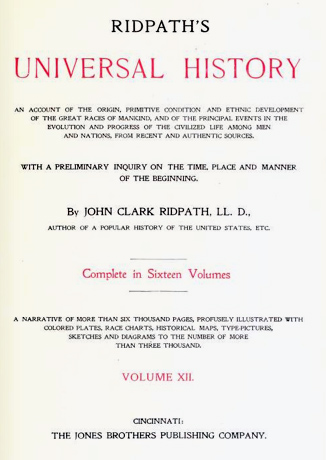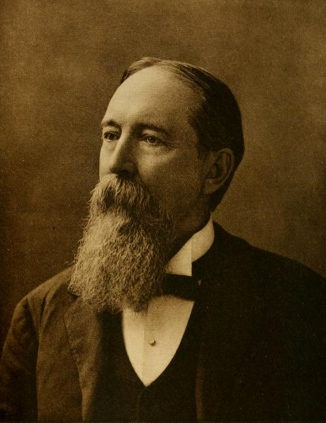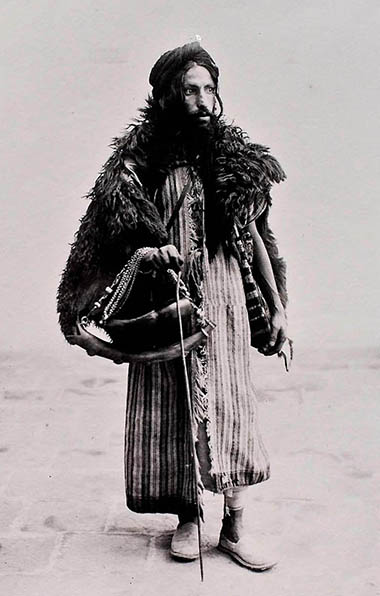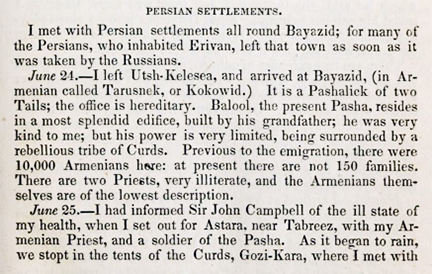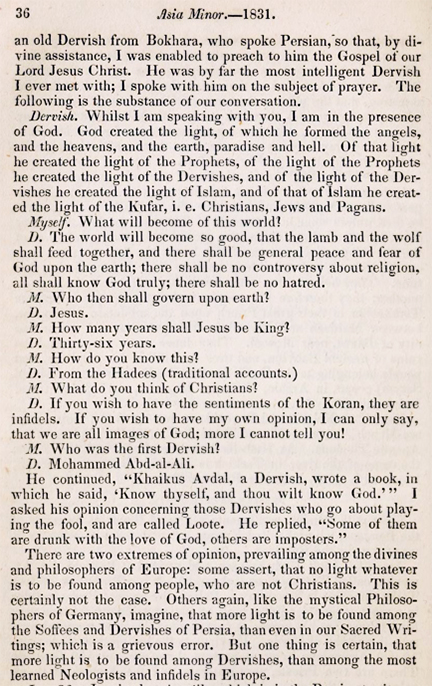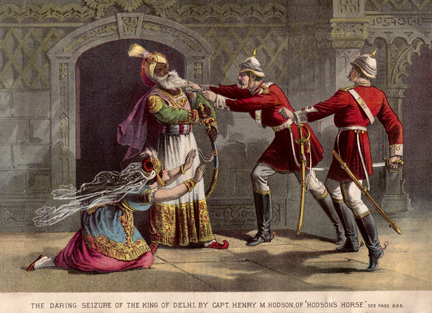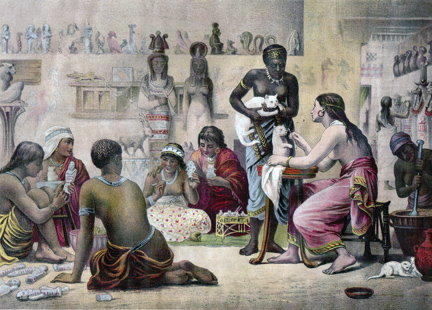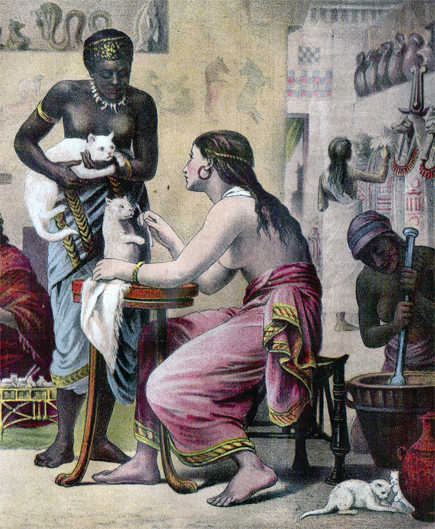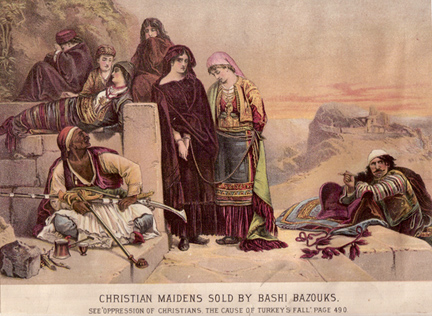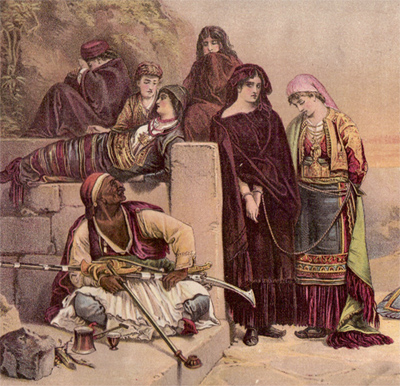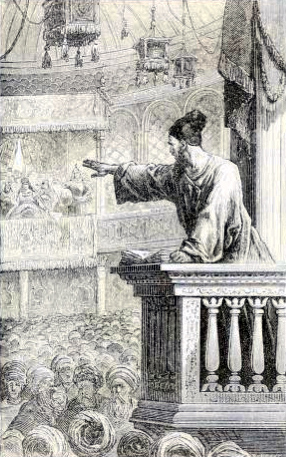
In a previous post I continued a series on the universal history of John Clark Ridpath. The image above is the classic image of a preacher, looking more Gospel than imamic to my eyes. I would question the sincerity of a famed imam who relied on a print version of the Quran rather than his own memory, as the image above suggests. The “preacher” with hands outstretched is a trope that crosses cultures, whether or not it is the cross being pounded on the pulpit (and certainly not on the minbar). Consider John Eliot who set his eyes on converting the “heathen” natives of the new world:
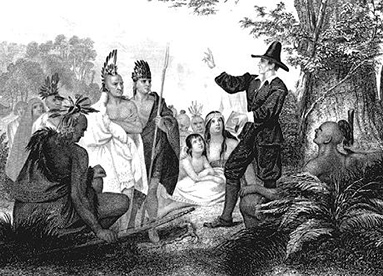
Or the long history of fire-and-brimstone wailing of American Protestants.
